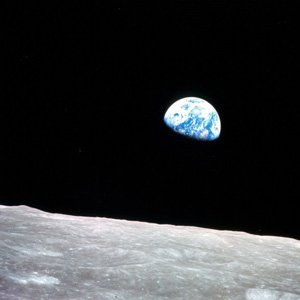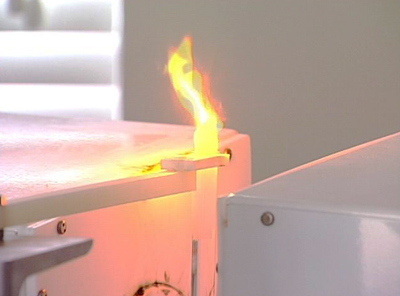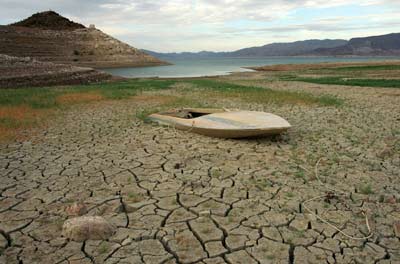On Christmas Eve in 1968, three Americans became the first humans to travel to the moon. Astronauts Jim Lovell, Bill Anders and Frank Borman traveled to within 68 nautical miles (125.9 kilometers) of the lunar surface aboard Apollo 8. The trio stayed in lunar orbit for 20 hours and made 10 revolutions. They snapped photos including the now famous photo of “Earthrise” which stands as a lasting image of space exploration.

This famous photo, taken from the Apollo 8 spacecraft in December 1968, shows the Earth rising over the moon’s surface
Seven months later, three more Americans made a return trip while two men — Neil Armstrong and Edwin “Buzz” Aldrin flew the lunar lander down to the moon’s surface and became the first men to walk on the moon.
Ten men would follow in Armstrong and Aldrin’s footsteps. By 1972, the Apollo program, and with it the space race between the United States and the Soviet Union, came to an end. From 1957-72, beginning with the launch of the Sputnik satellite, the two countries had gone toe-to-toe in claiming superiority beyond the Earth’s atmosphere.
In the years since, space exploration has changed. The space shuttle makes frequent trips to the International Space Station and ferries space travelers from many nations. Scientists on the ground have changed their focus, too. Now, in addition to the efforts underway to return to the moon, people are eyeing a trip to Mars. NASA and other space agencies have sent probes and even planetary rovers — small robotic vehicles — to the red planet’s surface. Read more






